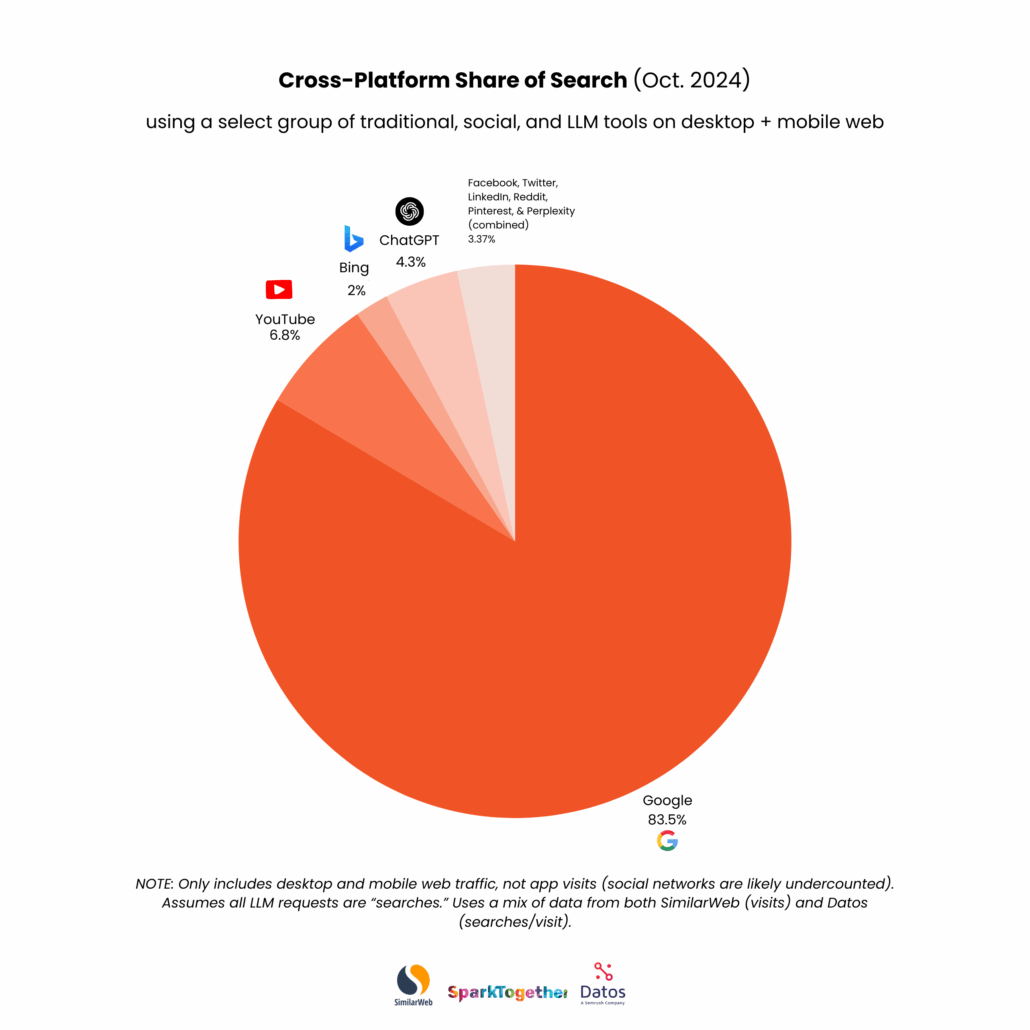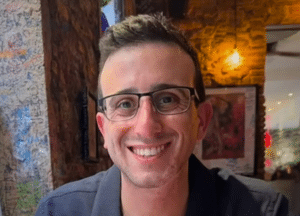As the telehealth industry matures, so do the marketing strategies that put some companies ahead of the pack. The space is growing more crowded by the day, leading to stiffer competition across marketing channels, and the rapid change in search marketing in particular has forced brands to try new approaches, invest heavily in content quality, and get smarter about their search marketing strategy.
As an SEO agency specializing in telehealth, Fire&Spark became interested in what tactics are working across the industry. We’ve worked with dozens of digital health companies; we understand the common difficulties of winning in telehealth SEO, including fierce competition, content creation challenges, and tight regulations.
So, who is overcoming these challenges to win in organic search?
To answer this question, we assessed over 400 telehealth brands to figure out who the winners are. From there, we dug into what’s working, what’s not working, and what opportunities even the fastest-growing companies are missing out on.
Note: While this analysis includes current and former Fire&Spark clients, our collaboration did not impact our methodology, the rankings, or our decision of which companies’ SEO strategies to highlight.






























